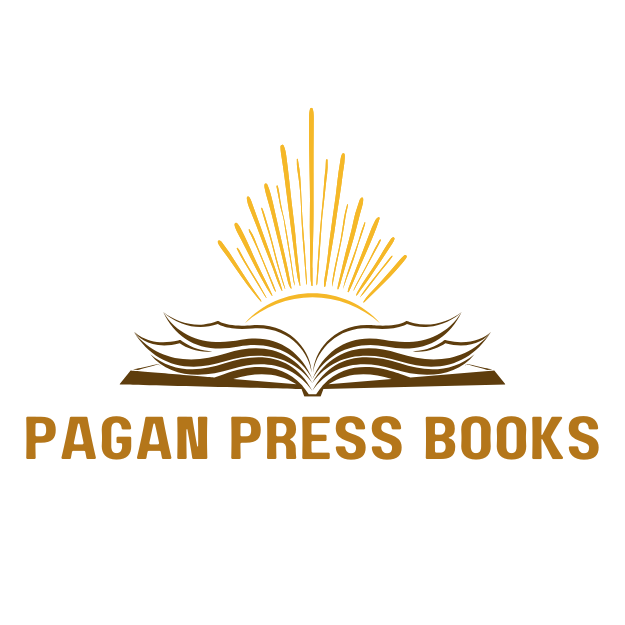Table of Contents
ToggleWhen we think of writing, our minds often leap to the myriad of styles available to express thoughts. Whether we’re spinning tales that whisk readers away to distant lands or crafting precise manuals for intricate gadgets, writing is more than just putting pen to paper (or fingers to keyboard.). In this guide, we’ll explore the various forms of writing that can enhance our skills and captivate our audiences. So, grab your coffee, lean back, and let’s investigate into the colorful world of words.
Different Forms of Writing
Narrative writing is where we tell stories. It’s a form that allows us to weave plots, develop characters, and explore themes. Think of the last time we got lost in a novel or a compelling movie. Each narrative opens doors to new worlds, allowing for emotional connections and immersive experiences. We often structure these stories with a beginning, middle, and end, creating a journey for the reader or listener.
The beauty of narrative writing lies in its flexibility. From fictional tales about a dragon’s adventure to autobiographical stories that tell our personal truths, narratives can vary widely in style and substance. When we engage with narrative writing, we not only share our imagination but also offer a piece of ourselves.
Descriptive Writing
Next on our list is descriptive writing, which we can think of as painting with words. In this form, we focus on creating vivid imagery that allows our readers to experience a scene, emotion, or object as if they were right there with us. The goal is to engage the senses, sight, sound, smell, taste, and touch, bringing our descriptions to life.
Imagine walking through a bustling market. Our words can evoke the vibrant colors of fresh produce, the buzz of chatting vendors, and the rich aroma of spices wafting through the air. Descriptive writing allows us to craft atmospheres and feelings that resonate, making the audience feel emotionally connected to the narrative.
Expository Writing
Expository writing is like that trusted friend who always explains things clearly. Its purpose is to inform or explain a topic to the reader without the flair of storytelling. In this form, we investigate into facts, provide definitions, and explore topics in an objective manner.
We find expository writing in essays, reports, and how-to guides. For instance, if we need to evaluate the impact of climate change, we would present data, research, and different viewpoints without the drama of narrative. Effective expository writing illuminates our audience about specific subjects, equipping them with knowledge they can carry forward.
Persuasive Writing
Now, let’s talk about persuasive writing, the art of convincing our audience. In this style, our goal is to sway opinions, encourage actions, or catalyze change. We see examples of persuasive writing in advertisements, opinion pieces, and even speeches.
To persuade, we must appeal to both logic and emotion. It’s essential to present well-researched arguments backed by facts, while also invoking feelings that resonate with our readers. Think about the last time we were swayed by a moving campaign. That’s the power of persuasive writing, and when done right, it can inspire action or change.
Technical Writing
Technical writing is often seen as the workhorse of written forms, providing the precise explanations needed in specialized fields. This style focuses on clarity and accuracy, typically used in manuals, instructions, and technical documents. Our aim here is to communicate complex information in a way that’s straightforward and easy to digest.
Whether we’re drafting user guides for software or technical specifications for engineering projects, technical writing plays a crucial role in various industries. Mastering this form means understanding our audience and using language that meets their needs, bridging the gap between complexity and simplicity.
Creative Writing
Finally, we arrive at creative writing, the ultimate playground for our imaginations. This is where we can truly let our voices shine, experimenting with different styles and emotional depths. Creative writing encompasses everything from poetry and short stories to plays and screenplays.
The hallmark of creative writing is its boundless exploration of human experience. We can craft whimsical fantasy worlds, investigate into raw emotions, or even dabble in experimental formats. It’s the form that gives us permission to break rules, create unique narratives, and express feelings in the most artistic ways possible. With creative writing, the limits are endlessly pushed as we discover and refine our narrative selves.
Comparative Overview Of Writing Forms
When we step back and look at these forms collectively, we can appreciate how each serves a unique purpose. Narrative writing entertains: descriptive writing invokes emotion: expository writing informs: persuasive writing motivates: technical writing clarifies: and creative writing inspires. By understanding the strengths of each, we’re able to choose the right form for our message and audience, enhancing both our effectiveness and our craft.




